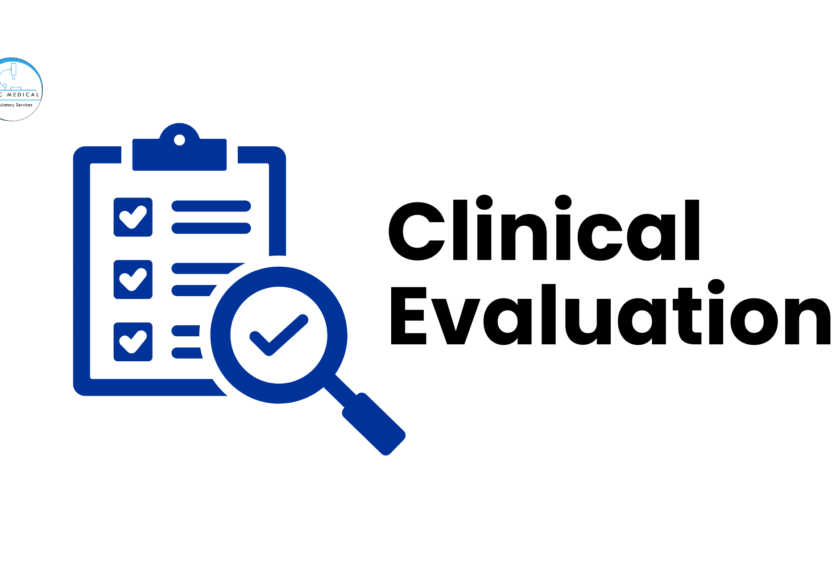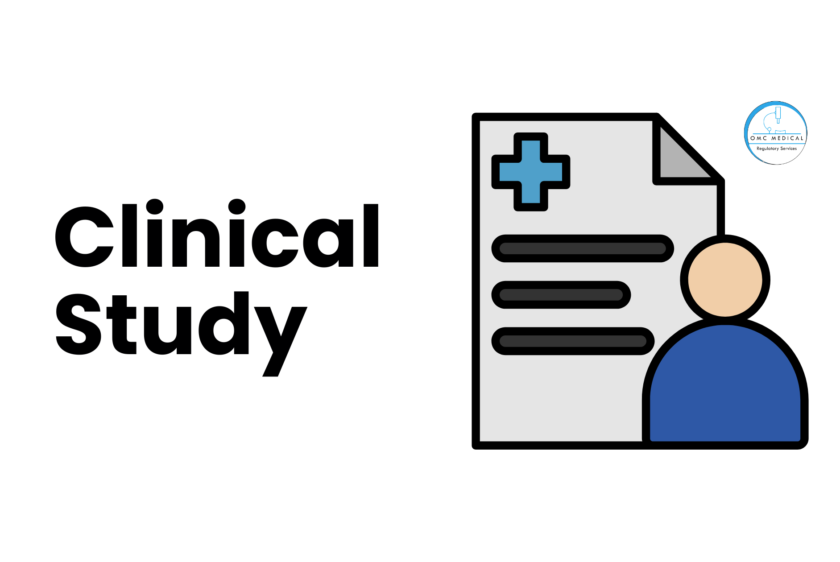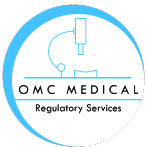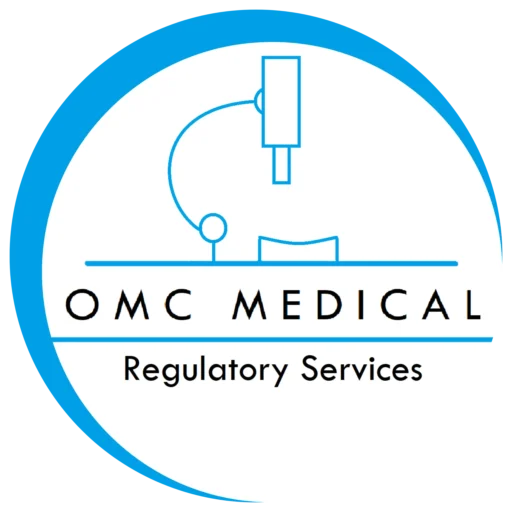In the medical device industry, the terms clinical study and clinical evaluation are often used interchangeably—yet they serve very different purposes. Understanding the distinction between the two is crucial for manufacturers aiming to obtain and maintain regulatory approval in key markets like the EU and UK. This article breaks down the difference between clinical study and clinical evaluation, and explains when and why each is required.
What is a Clinical Evaluation?

A clinical evaluation is a systematic and planned process to continuously generate, collect, analyze, and assess clinical data related to a medical device. The goal is to demonstrate that the device meets safety and performance requirements when used as intended.
Clinical evaluations are a core part of the CE marking process under the EU Medical Device Regulation (EU MDR 2017/745) and are also necessary for UKCA marking under UK regulations. The process includes:
- Assessing existing clinical data from literature
- Reviewing post-market surveillance data
- Comparing the device with similar devices on the market
- Deciding whether additional data (e.g. from a clinical investigation) is required
When is it Required?
Clinical evaluation is required for all classes of medical devices in the EU and many other jurisdictions. However, it doesn’t always necessitate a new clinical study if sufficient existing data is available.
Regulatory Requirements
- EU MDR: Clinical Evaluation is a continuous process and must be documented in the Clinical Evaluation Report (CER)
- MEDDEV 2.7/1 Rev. 4 provides guidance for EU clinical evaluation
- Incorporated into the device’s technical documentation
What is a Clinical Study?

A clinical study, also known as a clinical investigation or clinical trial, is the actual collection of clinical data involving the use of the device on human subjects. These studies are typically undertaken when existing data is insufficient to demonstrate the safety and performance of a device.
When is it Required?
- High-risk (Class III) devices
- Implantable devices
- Novel technologies with no equivalent on the market
- Devices with limited clinical data from previous use
- Existing clinical data is insufficient
- Modifications significantly impact the device’s performance or safety
Regulatory Requirements
- EU MDR (2017/745): Annex XV outlines detailed clinical investigation rules
- FDA (USA): Governed under Investigational Device Exemptions (IDE)
- Other Markets: Countries like China, South Korea, and Brazil have strict local clinical trial requirements
Clinical investigations must be designed according to regulatory and ethical guidelines, and often require approval from regulatory bodies and ethics committees before they can begin.
What’s the Difference between Clinical Evaluation and Clinical Study
| Aspect | Clinical Evaluation | Clinical Study |
| Definition | Assessment of clinical data to prove safety and performance | Experimental study involving human subjects |
| Purpose | To justify device safety and performance using available data | To generate new clinical data when existing data is lacking |
| When Required | For all devices, ongoing during the product lifecycle | Only when clinical evaluation shows data gaps |
| Regulatory Role | Essential for CE/UKCA marking | May be required to support CE/UKCA marking |
| Cost & Time | Generally lower cost, shorter timelines | More resource-intensive and time-consuming |
How to Conduct a Clinical Evaluation for Medical Devices?

The process typically follows MEDDEV 2.7/1 Rev. 4 and includes:
- Scoping: Define the intended purpose, target population, and device classification.
- Data Identification: Gather clinical literature, PMS data, complaint history, and existing clinical studies.
- Data Appraisal: Evaluate the relevance and quality of the data.
- Data Analysis: Determine if the data demonstrates safety and performance.
- Report Compilation: Document findings in a Clinical Evaluation Report (CER).
This process should be updated regularly, especially after significant changes or new post-market data.
How to Conduct a Clinical Study for Medical Devices?
- Develop Study Protocol aligned with ISO 14155
- Obtain Ethics Committee and Regulatory Approval
- Recruit Subjects and Obtain Informed Consent
- Conduct the Study with Monitoring
- Analyse Data and Report Findings
- Incorporate Data into Clinical Evaluation
How OMC Medical Can Help?
Understanding and fulfilling the clinical requirements for medical devices—whether through evaluations or studies—can be challenging, especially with evolving global regulations. That’s where OMC Medical can offer practical support.
We assist manufacturers with preparing robust, compliant Clinical Evaluation Reports (CERs) and determining whether a clinical study is needed based on the device’s classification and available evidence. Our team works alongside manufacturers to collect the right data, assess its quality, and ensure that safety and performance are clearly demonstrated at every stage—from development to post-market review.
Whether you’re introducing a new device or updating an existing one under MDR or other international requirements, OMC Medical helps ensure the clinical aspects are addressed with confidence and clarity.
Conclusion
Understanding the clinical study vs. clinical evaluation distinction is critical for ensuring regulatory compliance and successful market access. While clinical evaluations are required for every medical device, clinical studies are only necessary when more evidence is needed. A solid grasp of clinical evaluation vs. clinical study helps manufacturers choose the right path based on device risk, innovation level, and available data.
Whether you’re preparing a clinical trial for medical device approval or compiling a clinical evaluation report, knowing the difference can save time, reduce costs, and streamline your regulatory journey.







